Cookies help us deliver the best experience on our website. By clicking Accept you are agreeing to the placement and use of cookies as described in our privacy policy.
How to Grow Kale at Home
Are you looking to enjoy the taste, health benefits, and convenience of homegrown kale? Then, you’re in the right place! Whether you’re a seasoned gardener or just curious about making your foray onto the gardening scene, Gardyn’s guide to growing kale will equip you with the essential information you need to grow healthy and delicious plants in only a matter of weeks. Our solutions combine the latest in technological innovation to make growing kale at home a breeze.
From planting seeds to harvesting your first bunch of nutrient-packed leaves, learn how you can become a kale-growing pro!
And what if you were told that you can plant some of your other favorite fruits, vegetables, and herbs? With Gardyn, we’re taking the indoor gardening scene by storm. No mess and no fuss. This is indoor gardening made simple. Learn more about how our Home Kits can work for you.
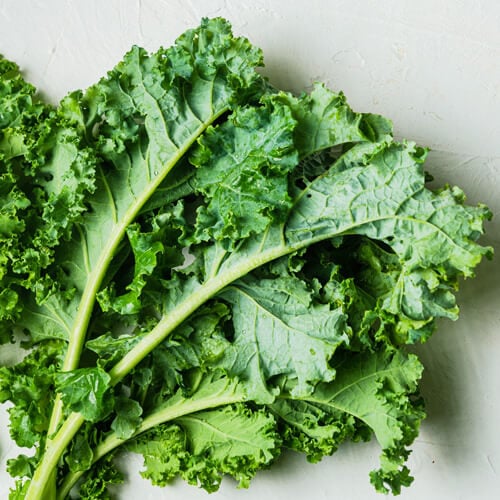
DAYS TO SPROUT
7 - 21 DAYS
MATURE IN
53 - 65 DAYS
TASTE IT FOR
4 - 8 WEEKS
Table of Contents
Care & Harvest
🌡️ Temperature
Kale prefers cooler temperatures (60-70F).
✂️ Pruning
🔎 Plant Health
Aphids are a common pest, but you can use our prevention and treatment tricks to keep pests at bay!
🥬 Harvest
As leaves grow, they can be harvested as baby leaves which is great for fresh salad mixes. Cutting when the leaves are 2-3 inches tall will allow the plants to regrow. Once plant reaches maturity, harvest leaves as needed by cutting at the base.

Grow Your Favorite Produce
With Better Taste and Zero Waste
Why Grow Kale Indoors?

Kale, aka Brassica oleracea, is a leafy green vegetable that belongs to the cabbage family; hence its resemblance to its veggie cousins: broccoli and cauliflower. While kale is traditionally grown in garden beds outdoors, cultivating it indoors has become a popular choice amongst gardeners. Moreover, kale is easy to grow and is perfect if you’re looking for a hassle-free experience.
Enjoy Fresh Kale All Year Round
By growing kale indoors, you have the incredible advantage of being able to harvest fresh, nutrient-packed kale leaves throughout the year. Unlike outdoor gardening where seasonal limitations can affect your kale supply, indoor cultivation allows you to enjoy this leafy green vegetable regardless of the time of year. Whether it’s spring, summer, fall, or winter, you can always rely on having a bountiful supply of kale right in your own home.
Make the Most of Your Limited Space
By utilizing containers, vertical gardening systems, or even hydroponic setups, you can effectively grow kale in small spaces such as apartments or balconies. This allows urban dwellers and individuals with limited yard space to enjoy the benefits of homegrown kale without compromising on taste, nutrition, or quality.
Choose Top Organic Quality
When you grow kale indoors, you have the opportunity to ensure that your kale is grown organically, without the use of harmful pesticides or chemicals. Imagine having the convenience of plucking fresh kale leaves right from your indoor garden whenever you need them, knowing that they are pesticide-free and at their peak of freshness.

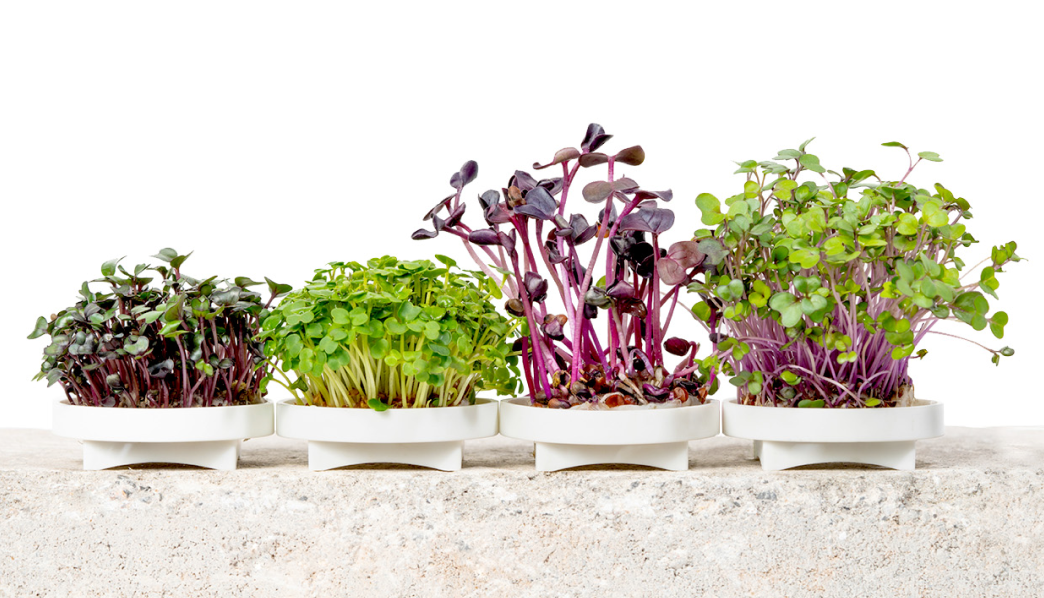
Grow Microgreens, Too
Bite sized superfood packed with nutrients and loaded with flavor. Go from seed to harvest in just one week.
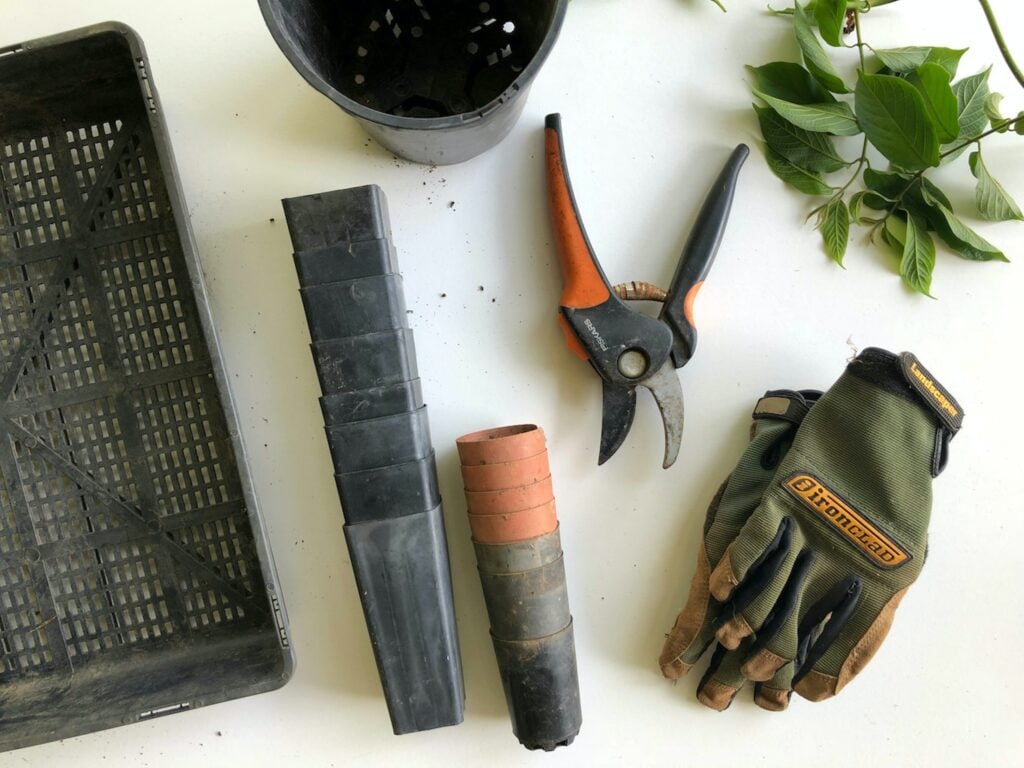
What Do You Need to Grow Kale Indoors?

- First, start by choosing amongst the different common varieties of kale (including Black Magic, Lacinato Kale, Dwarf Blue Curled Kale, Russian Kale, Nero Di Toscana, Red Russian Kale, etc.). Who knows? You might just find one, or two, or three kinds that you’ll love;
- Go for containers, or pots, with sufficient depth to accommodate kale’s extensive root system. A container that is at least 12 inches deep is recommended. Ensure that they have proper drainage holes to avoid waterlogging and to promote healthy root growth;
- Kale grows best in well-drained soil that is rich in organic matter. Choose a blend of high-quality potting mix, compost, and perlite;
- Kale plants will benefit from regular feeding. Use a balanced organic fertilizer or follow the instructions on a slow-release fertilizer to supply the necessary nutrients;
- To reproduce the environment of a covered garden, consider using row covers to protect your young kale plants from insects, diseases, and from extreme weather conditions.
How to plant Kale indoors?
By following these step-by-step instructions, you can successfully plant kale indoors and enjoy a continuous supply of fresh and nutritious kale throughout the growing season. If you’re looking for a convenient and innovative solution, consider utilizing yCubes from Gardyn, which will streamline your planting process.
Step 1: Prepare your Container
Step 2: Sow the Seeds
Create small indentations directly in the soil that are approximately ¼ inch deep. To properly sow your kale seeds indoors, space them about 2 inches apart. Just make sure the seeds are covered lightly with at least 1 inch of soil.
Planting kale seedlings is far from complicated. Place each of them in small holes, about half an inch deep and 2 to 3 inches apart.
Seedlings and seeds will germinate best in moist soil: Gently water the container, while avoiding overwatering, as excessive moisture can lead to rotting or fungal issues. Keep the soil cool and consistently moist, but not waterlogged, throughout the growing process.
Step 3: Provide the Right Growing Conditions
Place the container in a location that receives at least six to eight hours of direct sunlight per day, preferably a south-facing window or a room with bright, indirect light. If natural light is limited, supplement with artificial grow lights, such as fluorescent or LED lights to ensure sufficient light for plant growth.
Kale can tolerate moderate to warm temperatures. Ensure the temperature in the growing area remains between 60°F and 70°F for optimal kale growth. These plants thrive in cool and moist conditions, so maintain moderate humidity levels and provide good air circulation.
How to Care for Your Kale?
- Kale plants require consistent moisture to thrive. Water your kale regularly, providing about 1 to 1.5 inches of water per week and to be adjusted depending on the environmental conditions and moisture levels detected;
- Feed your kale plants with a balanced organic fertilizer every two weeks during the growing season to provide them with essential nutrients;
- Regularly crop any yellowing or damaged leaves from your kale plants to promote healthy growth and prevent the spread of diseases;
- Kale plants thrive in full sun to partial shade. Place your Gardyn system in a location that receives at least six to eight hours of direct sunlight daily;
- Keep a close eye on your kale plants for signs of pests and diseases, such as cabbage worms, aphids, caterpillars, or flea beetles. Early detection is essential to find the perfect solution and keep your plants healthy. If you find any sign of pests, stay on the organic path by practicing all-natural pest control methods, such as companion planting, Bacillus thuringiensis or applying neem oil to manage infestations.
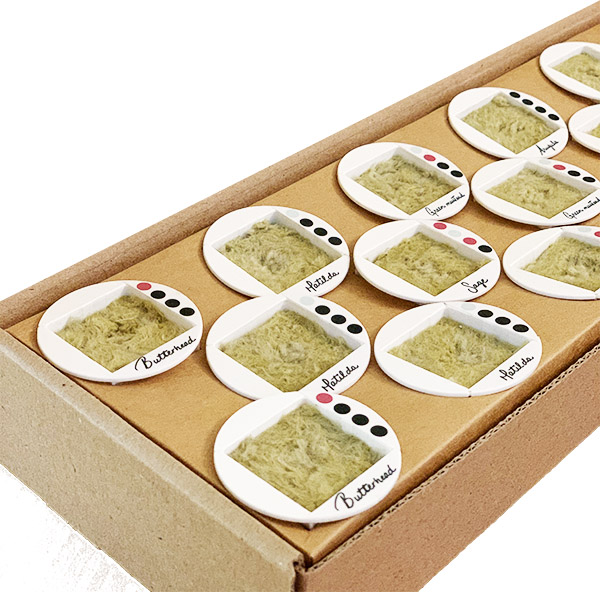

Harvesting and Using Your Kale

Once your kale has reached its mature stage, it’s finally time to harvest and explore the various ways you can also utilize this versatile and nutritious leafy green. With these helpful tips and a delicious recipe, you’ll be able to make the most of your kale harvest.
How to Properly Harvest and Store Kale?
You can begin by harvesting the outer kale leaves when they reach the desired size, typically when they are 8 to 10 inches tall. Choose the larger leaves while leaving the smaller inner leaves to continue growing. Use a sharp knife to cut and crop the leaves close to the stem while being careful not to damage the plant.
Regularly harvesting the outer leaves will promote continuous growth and ensure a steady supply of fresh kale throughout the growing season.
After harvesting, gently wash the kale tender leaves with cool water to remove any dirt or debris. Pat them dry with a clean kitchen towel or use a salad spinner. Store the kale in a perforated plastic bag or airtight container in the refrigerator. Properly stored, kale can stay fresh for up to a week.
Enhance Your Culinary Creations with Kale
As a versatile ingredient, the different kale varieties can be used in various ways.
Its bitter flavor and sturdy leaves hold up well to cooking methods like sautéing, steaming, and baking. Try adding kale to soups, stir-fries, pasta dishes, or even smoothies for an extra dose of nutrition.
Kale and its flowers are an excellent source of vitamins, so don’t hesitate to incorporate them in your food.
Ornamental kale, usually grown outside in fall and winter, are mostly used for garnishing cooked dishes, such as salads, because of their beautiful leaves’ colors (white, purple, dark green, deep green, and even pink).
Choose the best indoor garden solution on the market
Unveil the future of indoor gardening with Gardyn’s Home Kit! Superior to competitors, our kit offers effortless gardening through innovative yCube technology, automating the growing process for busy individuals. With the ability to cultivate a diverse array of plants, Gardyn ensures an efficient, user-friendly experience, backed by robust customer support and a competitive warranty. Choose Gardyn, where technology meets convenience in creating lush, indoor green spaces.
Recipe: Kale and Quinoa Salad with Lemon Vinaigrette
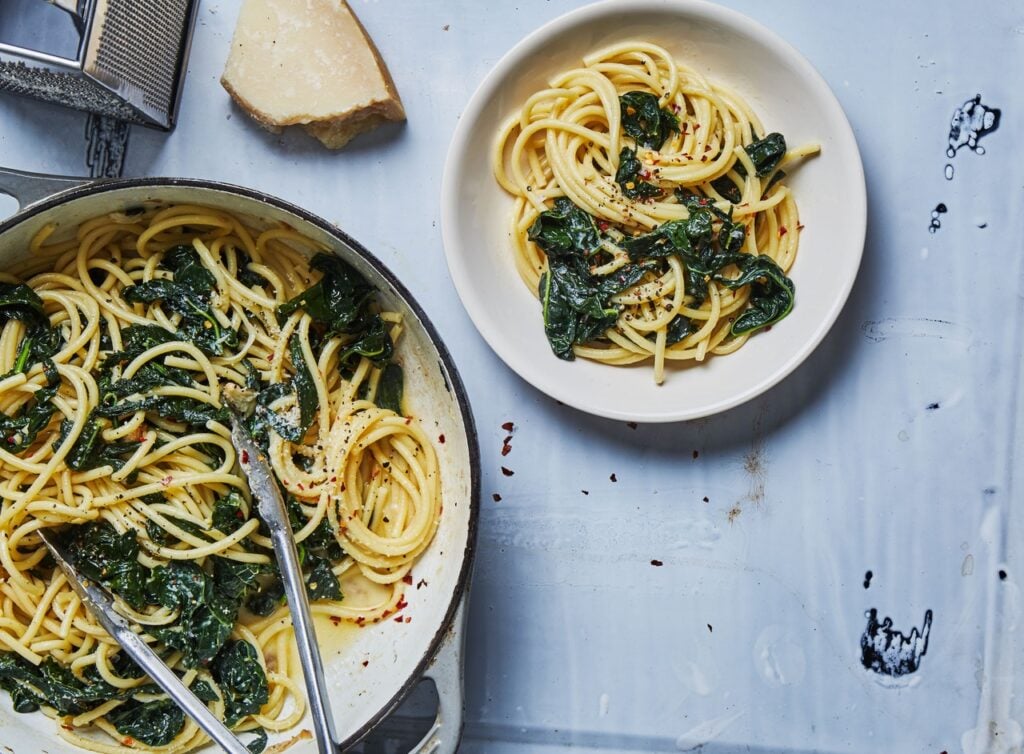
Do you want to try enhancing your cooking with a bit of kale? The possibilities are endless, but we have one easy recipe that will be sure to impress all those seated at your table.
Ingredients:
- 2 cups of cooked quinoa;
- 2 cups of chopped kale leaves;
- 1 cup of cherry tomatoes, halved;
- 1/4 cup of crumbled feta cheese;
- 1/4 cup of chopped almonds or walnuts;
- 2 tablespoons of fresh lemon juice;
- 2 tablespoons of extra-virgin olive oil;
- 1 garlic clove, minced;
- Salt and pepper to taste.
Instructions:
- In a large bowl, combine the cooked quinoa, chopped kale, cherry tomatoes, feta cheese, and chopped almonds or walnuts;
- In a separate small bowl, whisk together the lemon juice, olive oil, minced garlic, salt, and pepper to make the vinaigrette;
- Pour the vinaigrette over the salad ingredients and toss until well combined;
- Let the salad sit for a few minutes to allow the flavors to meld together;
- Serve the kale and quinoa salad as a refreshing and nutritious side dish or a light meal.
Recipe: Kale and Quinoa Salad with Lemon Vinaigrette
Do you want to try enhancing your cooking with a bit of kale? The possibilities are endless, but we have one easy recipe that will be sure to impress all those seated at your table.
Ingredients:
- 2 cups of cooked quinoa;
- 2 cups of chopped kale leaves;
- 1 cup of cherry tomatoes, halved;
- 1/4 cup of crumbled feta cheese;
- 1/4 cup of chopped almonds or walnuts;
- 2 tablespoons of fresh lemon juice;
- 2 tablespoons of extra-virgin olive oil;
- 1 garlic clove, minced;
- Salt and pepper to taste.
Instructions:
- In a large bowl, combine the cooked quinoa, chopped kale, cherry tomatoes, feta cheese, and chopped almonds or walnuts;
- In a separate small bowl, whisk together the lemon juice, olive oil, minced garlic, salt, and pepper to make the vinaigrette;
- Pour the vinaigrette over the salad ingredients and toss until well combined;
- Let the salad sit for a few minutes to allow the flavors to meld together;
- Serve the kale and quinoa salad as a refreshing and nutritious side dish or a light meal.
Harvest Your Kale With Gardyn
Discover More Herbs
Everything you can grow
Choose from 100+ tasty varieties
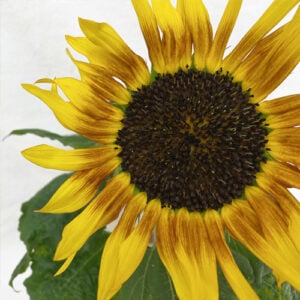
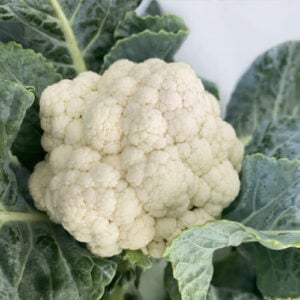
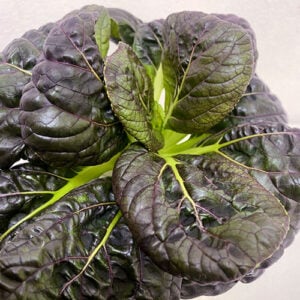

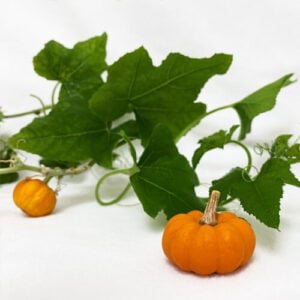
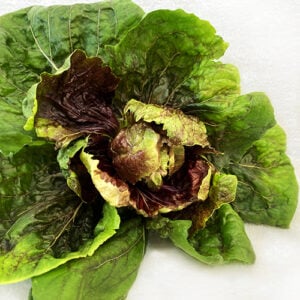
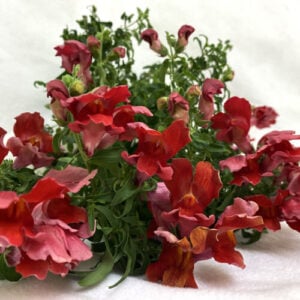
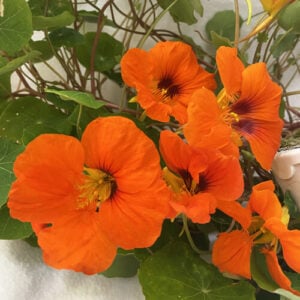
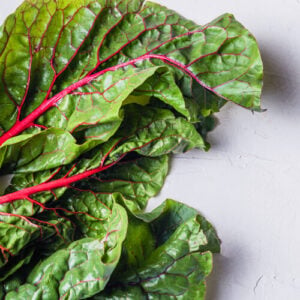
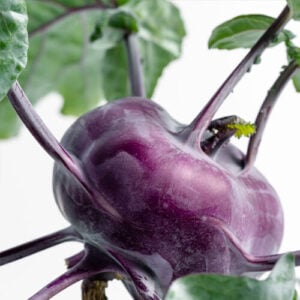
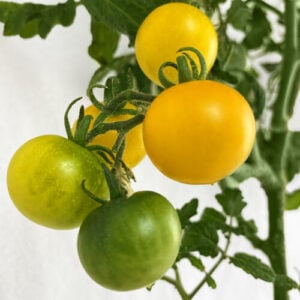
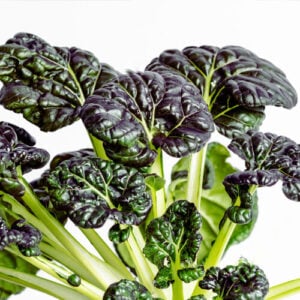
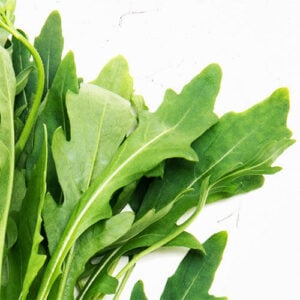

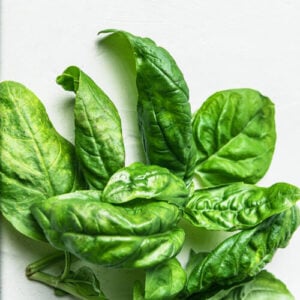
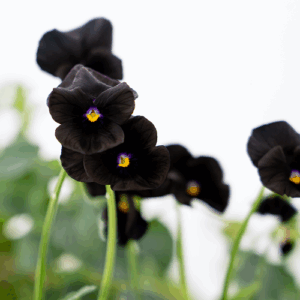
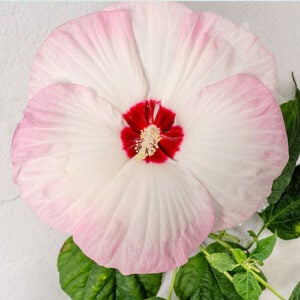

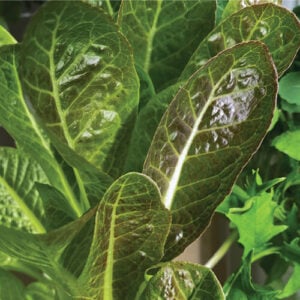
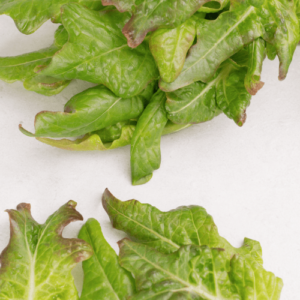
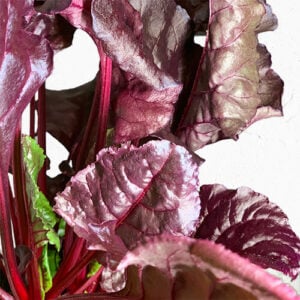
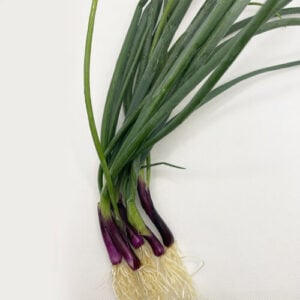

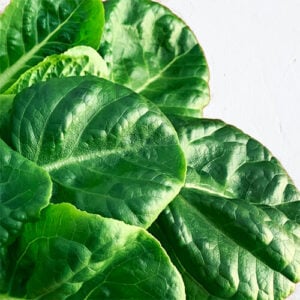
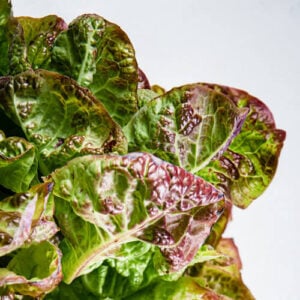


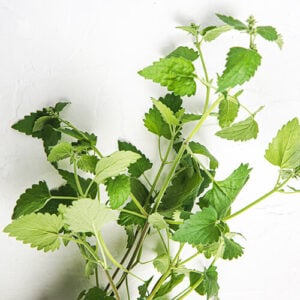
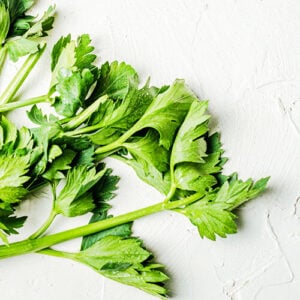

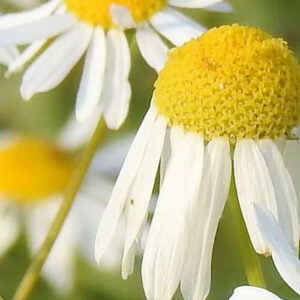
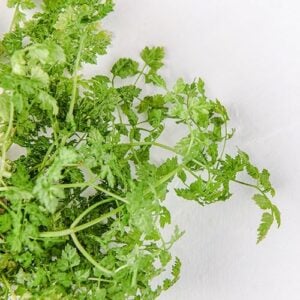
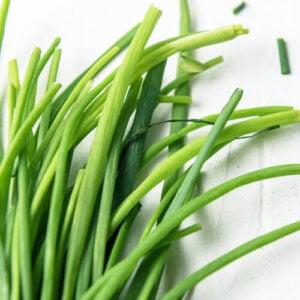
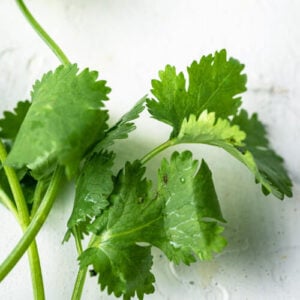
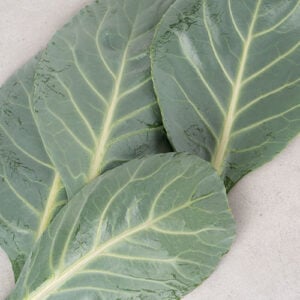
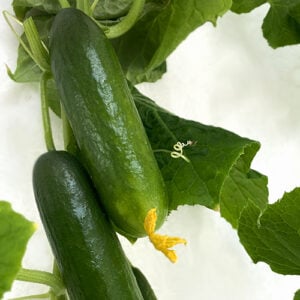
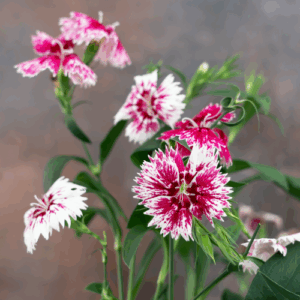
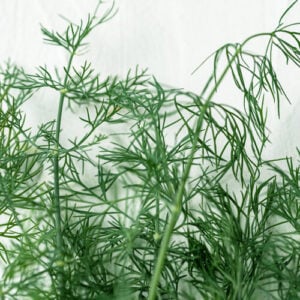

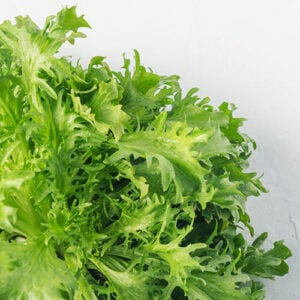


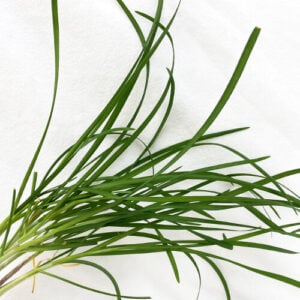
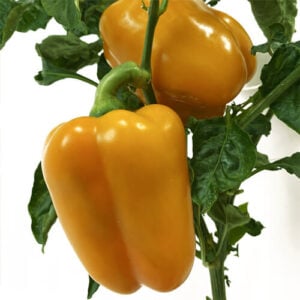

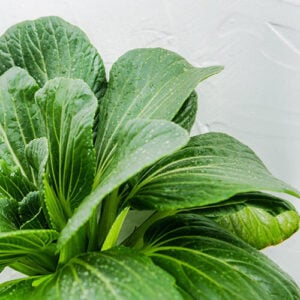
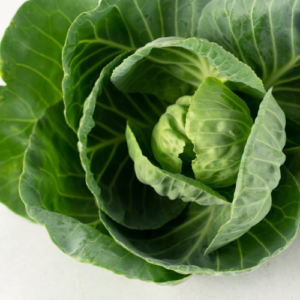

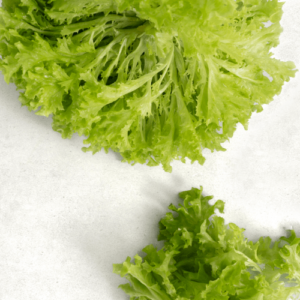
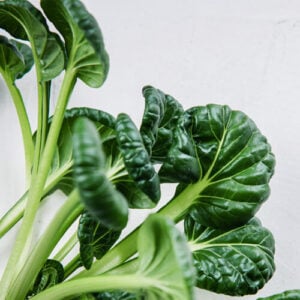
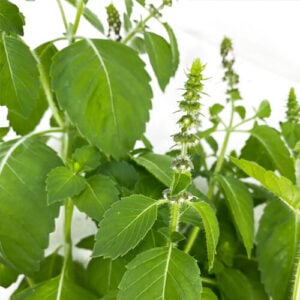
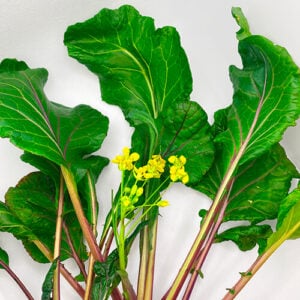
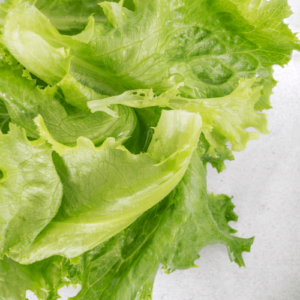
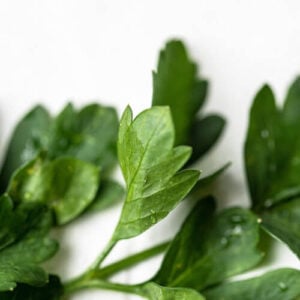
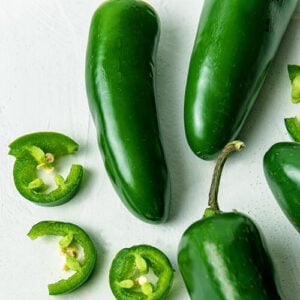
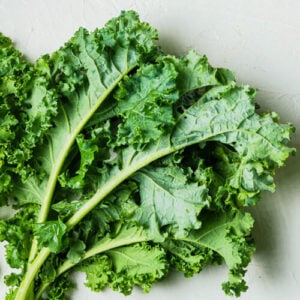
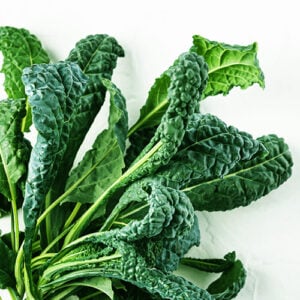
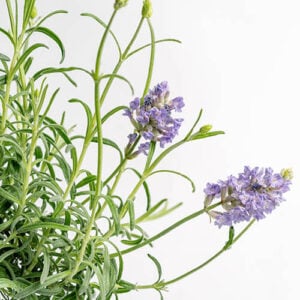
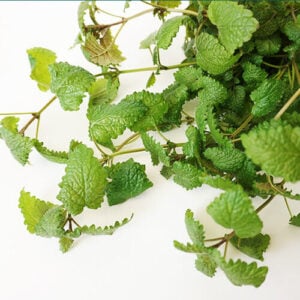

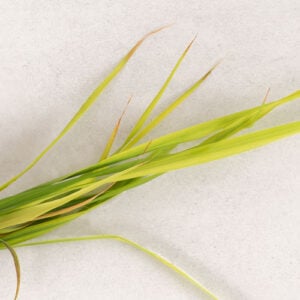
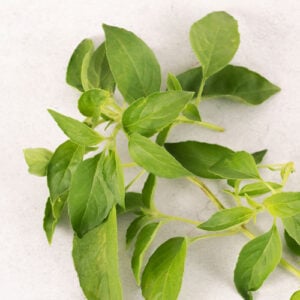
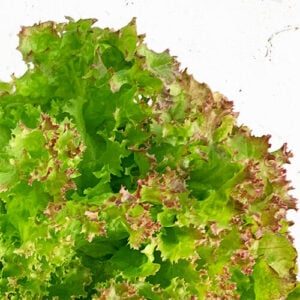
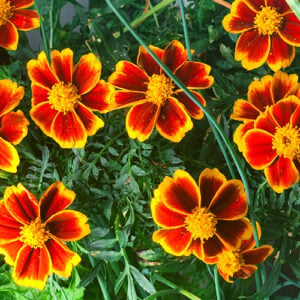
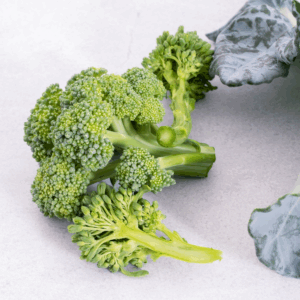

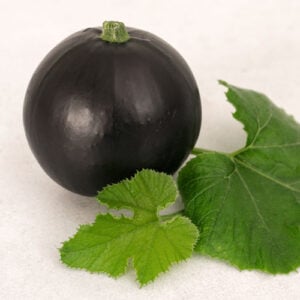


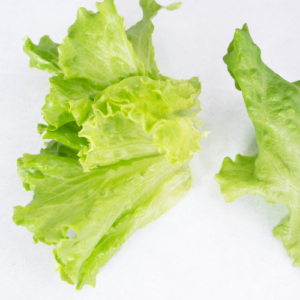
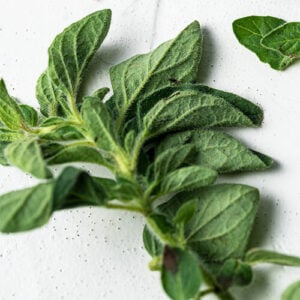
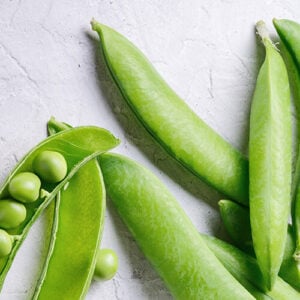
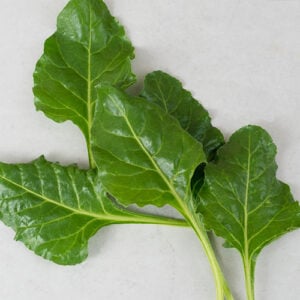
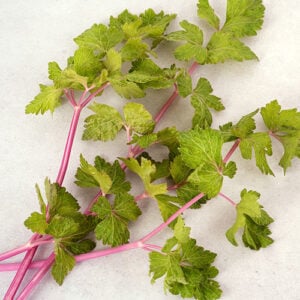

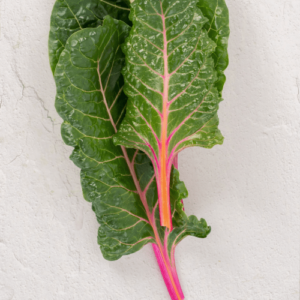
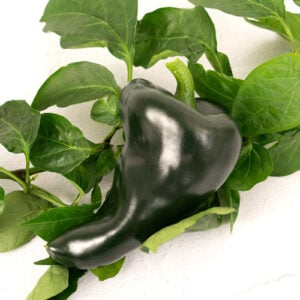

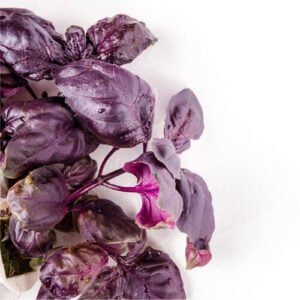
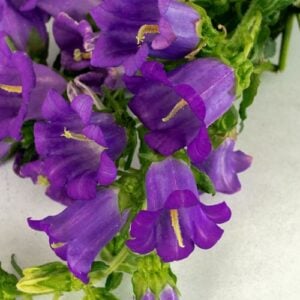
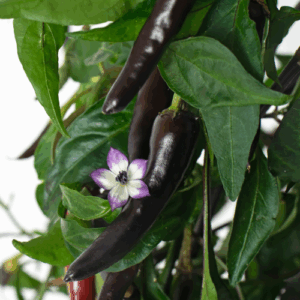
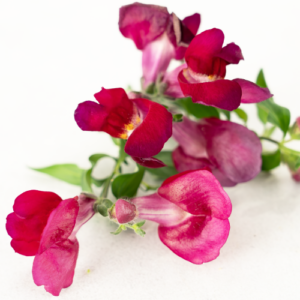
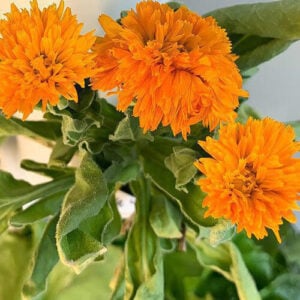
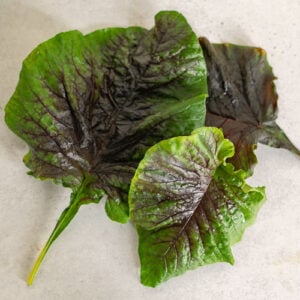
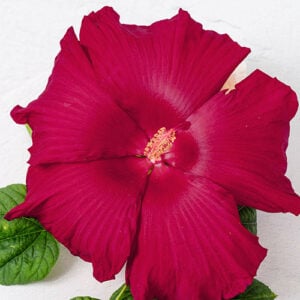
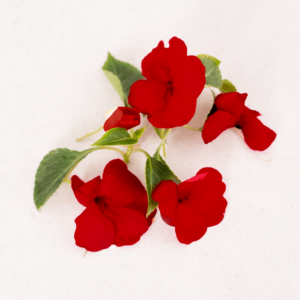
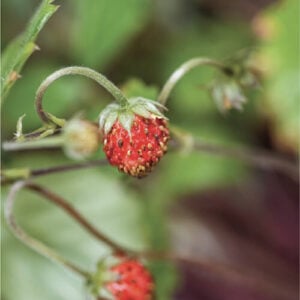
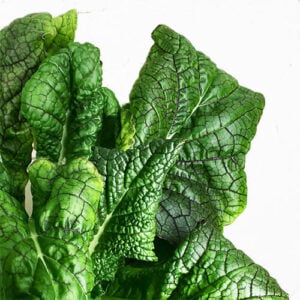
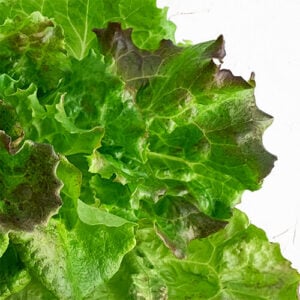
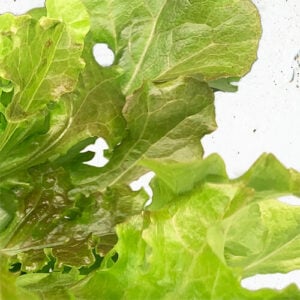



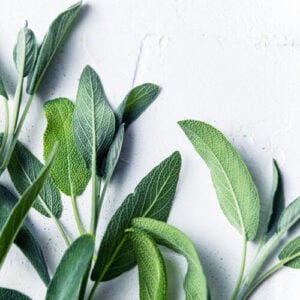
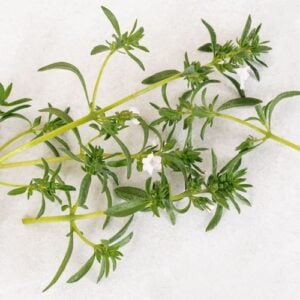

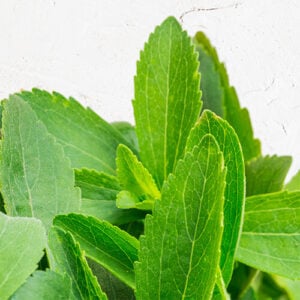

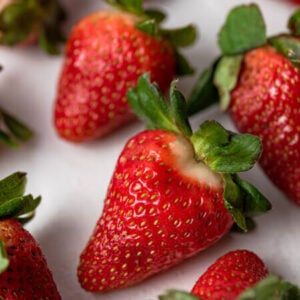
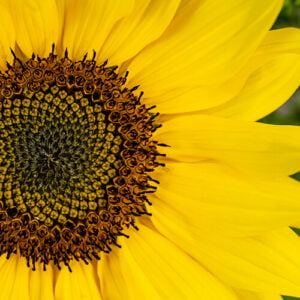

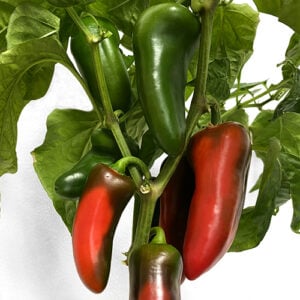



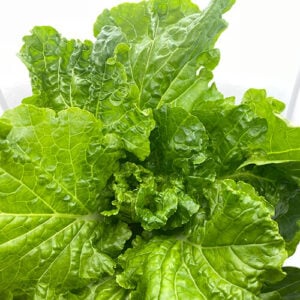

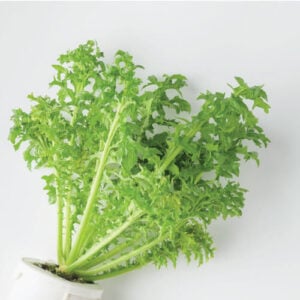



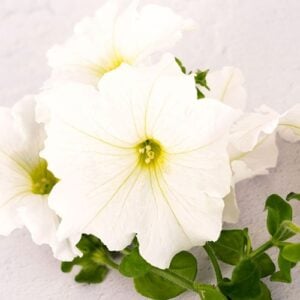
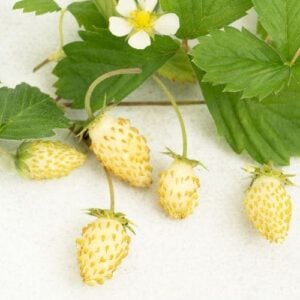
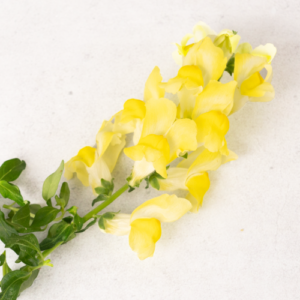
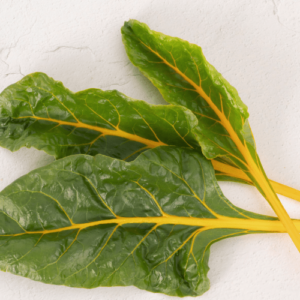
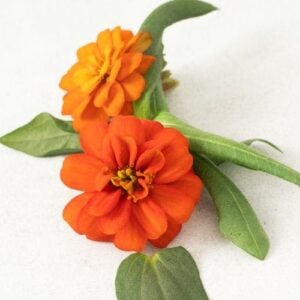
Grow All Your Produce
for as low as $29/Month
No products in the cart.

